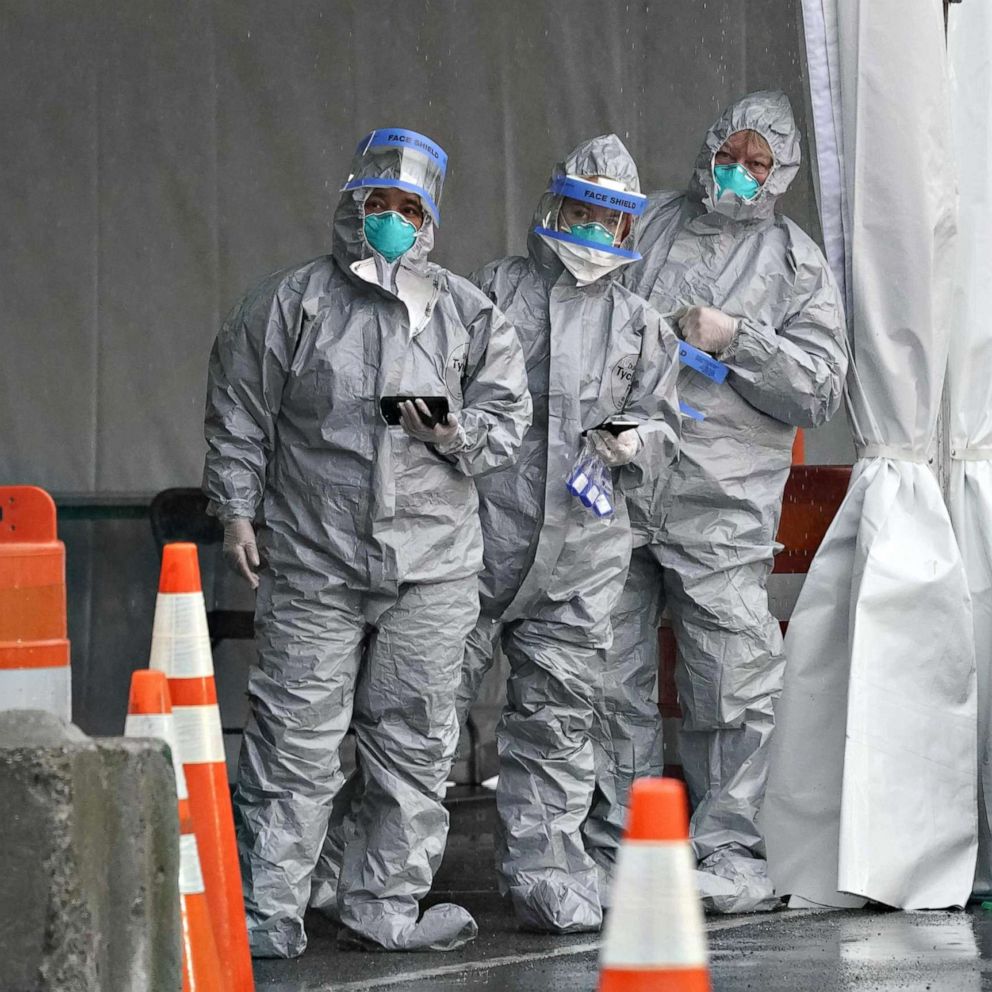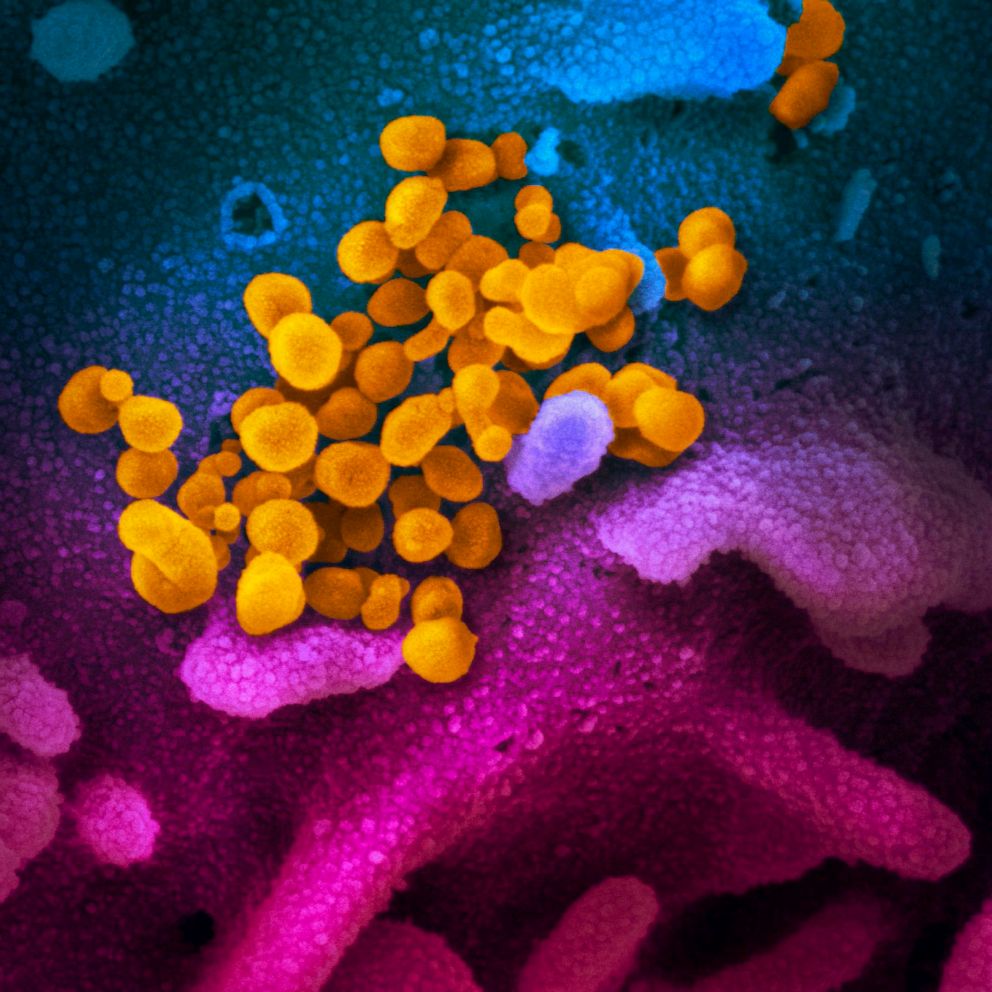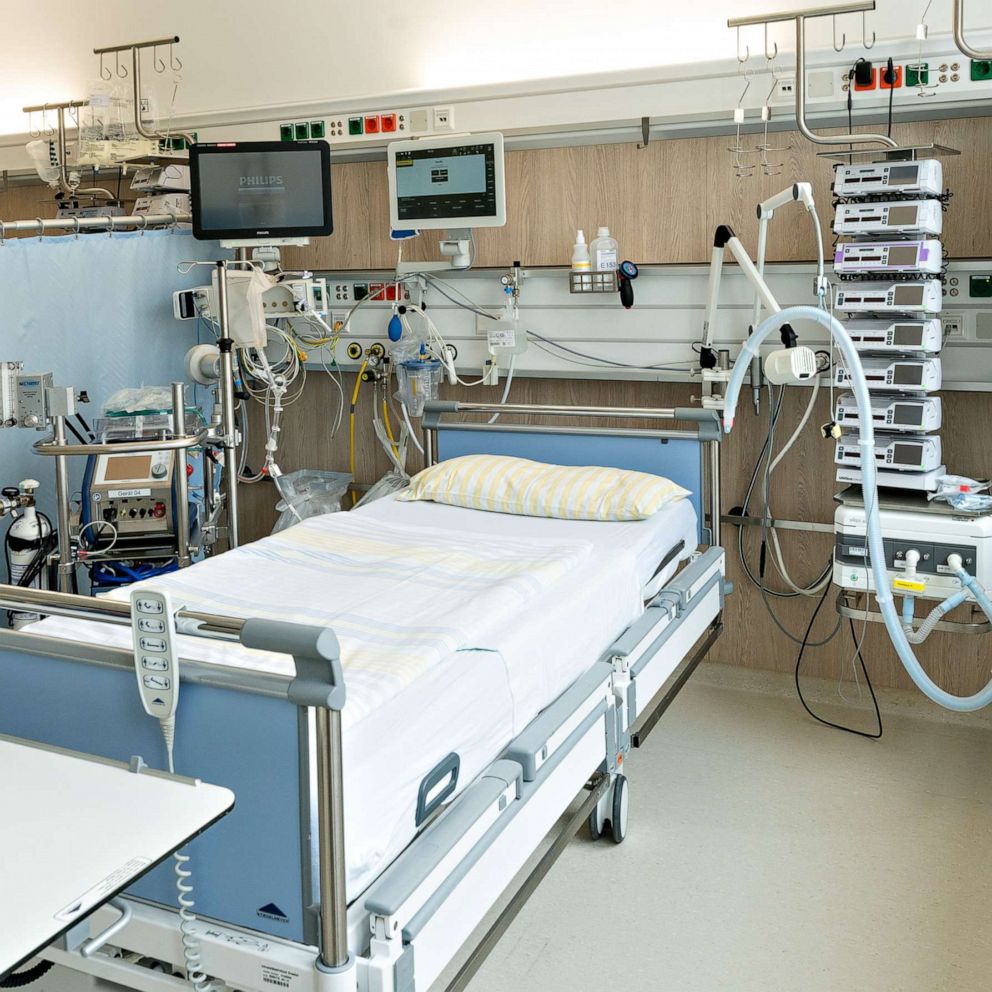The coronavirus paradox - our lowest point and finest hour: Opinion
Our collective actions from here will dictate the outcome.
The paradox of the novel coronavirus response is that it only works if we take aggressive steps before they seem necessary and, if they work, will not have seemed necessary. Success will look like we overreacted. This is a unique emergency, but the basics still apply.
For public officials in a crisis, you tell people everything you know and everything you do not know. Acknowledge uncertainty. Don't over-promise or over-reassure. Share the burden of complex problems and give people something to do. Don't make fun of them for how they feel, whether fearful or skeptical, and tell people how you made your decisions. Admit when you could have done better, and most importantly for leaders, explain to people what the future will hold.
Let's start with what we know and what we do not know.
If we let the coronavirus spread with limited intervention, a lot of people will get sick. If we are more committed and aggressive with our interventions, fewer people will get sick. President Donald Trump did a very good thing for the nation this week. He yelled fire while we still have time to contain it. Our collective actions from here will dictate the outcome. Everyone must pitch in.
We cannot know with certainty if the warm weather will help, but we can pray it does. We cannot know how long it will take to move through the worst of it, but it seems possible that the anticipated exponential growth of infection could continue for at least eight or nine weeks, and that might happen in staggered intervals in different cities. This is a large country.
Americans are aware of the urgency of the situation and learning quickly. Each of us is fuel for this virus. The plan is to avoid large densely packed gatherings, schools and churches included, to starve the virus of fuel until we can develop antiviral medications and ultimately a vaccine.
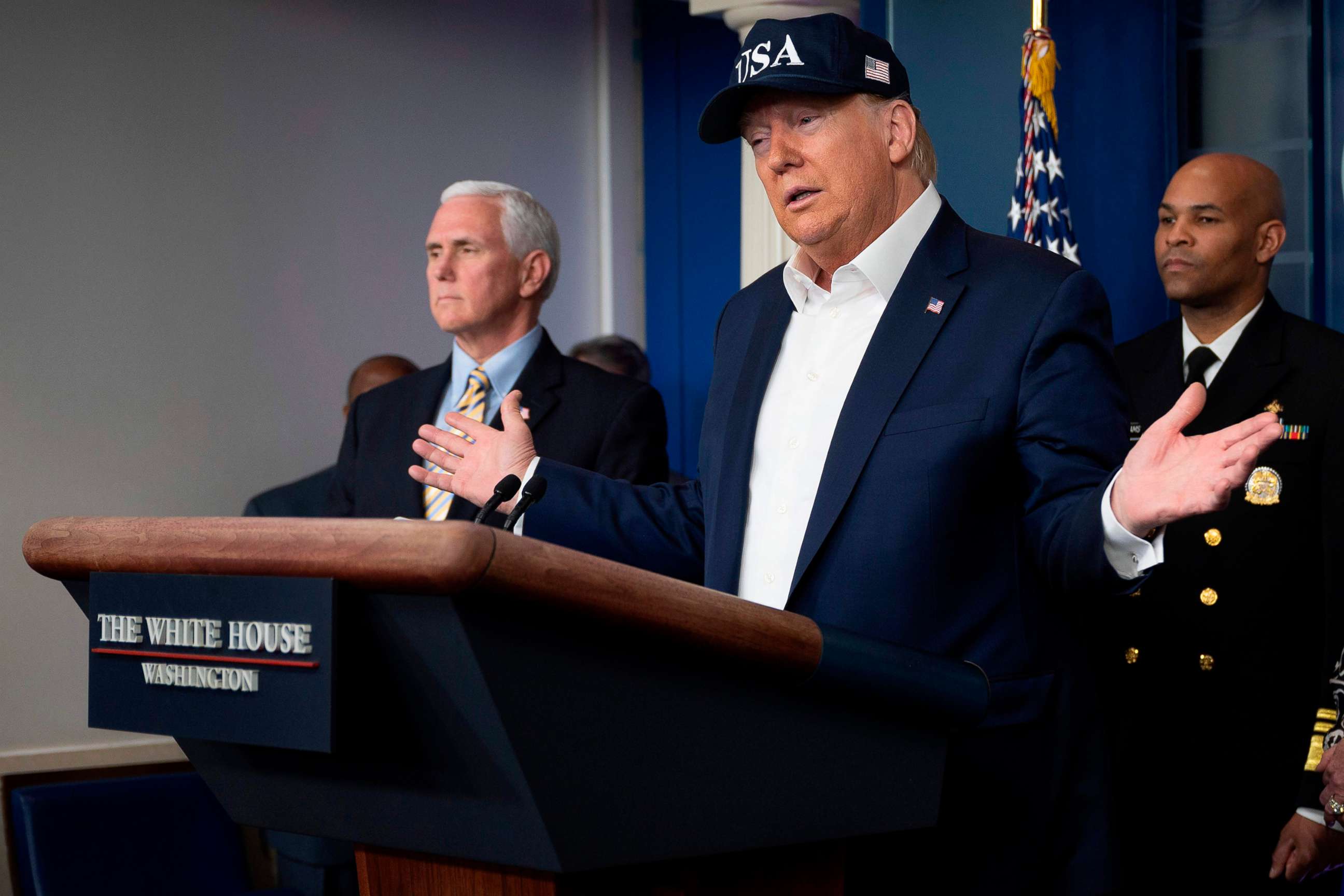
So, how did authorities reach the decision to implement these very costly and inconvenient interventions, and why?
Public health officials and scientists studied the implementation of non-pharmaceutical interventions for epidemic mitigation in 43 cities in the United States from Sept. 8, 1918, through Feb. 22, 1919, when an influenza outbreak-- one that killed 50 million people worldwide -- became the last major pandemic to affect the United States. They did this to determine whether city-to-city variations in death rates were associated with the timing, duration and combination of non-pharmaceutical interventions. They concluded that they were.
The key, according to an article published in the Journal of the American Medical Association, is "early, sustained, and layered application of non-pharmaceutical interventions." The doctors concluded that "such measures could potentially provide valuable time for production and distribution of pandemic-strain vaccine and antiviral medication. Optimally, appropriate implementation of non-pharmaceutical interventions would decrease the burden on health care services and critical infrastructure."
The biggest misunderstanding about these interventions is they are an à la carte menu of options to be selectively implemented. This is dead wrong. They all must be implemented to achieve a layered effect. Removing any one can defeat them all. The trick is to target the closures and cancellations early and aggressively in communities experiencing human-to-human transmission indicative of need, and not in those communities not yet experiencing evidence of virus transmission.
So, what will the future hold?
Based on the virus' spread and the assumptions of many doctors and epidemiologists, we could see an infection rate of approximately 20% to 30% of the population. That's roughly a range between 66 million and 100 million infected Americans. Remember the paradox of reaction. Let’s act like this is correct and hope for less.
We anticipate something on the order of half of those infected will never feel sick at all. The other half will be a mixed bag. Up to 30 million of them could get what feels like seasonal flu and be able to stay home and get better. One Seattle woman recently quoted in Women's Health said, "I'm a 42-year-old woman who got the new coronavirus … the cough and fever weren't nearly as difficult as calling everyone I'd crossed paths with to tell them I might have infected them."
For people like this woman, there could be a tendency to think all this was media-generated hype. But, there will be another future as well, one that plays out in hospitals and households who are not as fortunate. In Kirkland, Washington, the EvergreenHealth Hospital, one of the top-ranked hospitals in the country and literally at ground zero in the fight against coronavirus, has been badly affected. Patients are entering the hospital positive for coronavirus and not leaving alive. They exceeded bed capacity, the operational tempo is high, the medical staff that have not become sick are improvising quarantine rules to meet the emergency demand, staff are exhausted, demoralized, and supplies ran low all last week. The Seattle area has more than 436 cases and at least 35 dead, thus far.
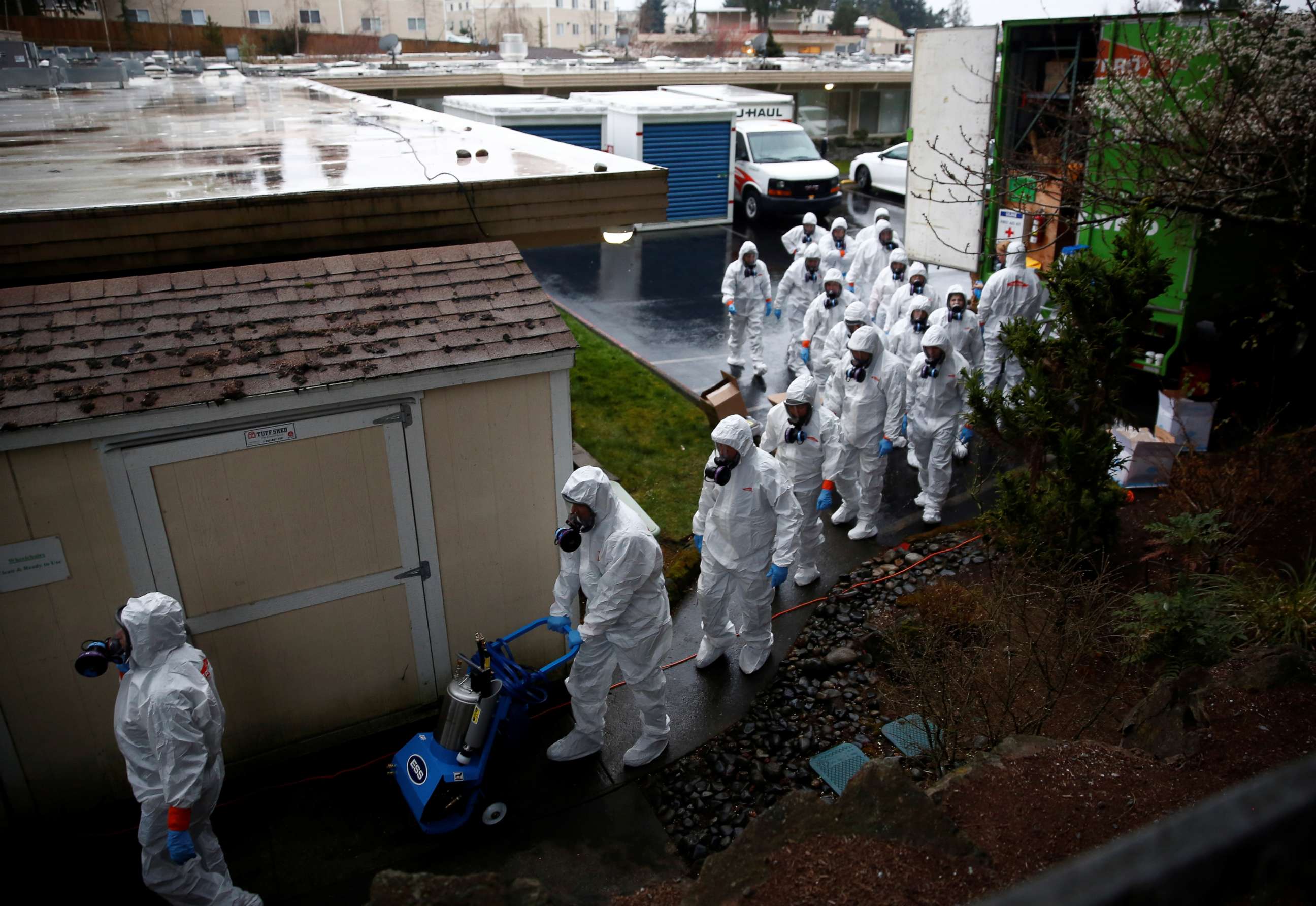
It remains possible that 10 to 20 million people will have something more severe than seasonal flu and will require a trip to the emergency room, or worse, an extended hospitalization. Even if that number is closer to 5 million, at the end of the day, we can expect a very significant strain on our health care system and health care providers. We must brace for large numbers of sick and dead, many of them elderly or otherwise infirm.
Depending on how aggressive we are, this virus could kill 200,000 people and be the third-leading killer of Americans behind cancer and heart disease. Or, believe it or not, it could look like a bad year of seasonal flu, although that result would be due to the ongoing massive galvanization of Americans. The paradox of apparent overreaction.
Let's acknowledge some fears.
Many of us are scared. That's OK. But remember, the numbers suggest you will very likely be fine. So will your kids. In fact, this is an opportunity for us to teach our kids the values of kindness and service to others. We are all making sacrifices -- missing fun events, canceling dances and basketball games, missing our friends at school, staying home and pitching in around the house to save and help other people. We are all denying this virus the fuel it wants to grow, and we are doing it to save nana and pop-pop, the Sunday school teacher or the nice lunch lady, the weakest and most vulnerable among us. The massive response might come at a high cost. But, it's the right thing to do. And that feels pretty good to me.
Now, let's admit where we could have done better.
The need to test in a country the size of the United States is staggering. The response has been hindered by an inability to confirm disease with diagnostic testing. Testing capacity with diagnostic test kits has significantly lagged behind the rapidly growing demand. As a result, case ascertainment is exceptionally limited given the size of our population. It is believed that over the next two weeks capacity for testing should greatly improve. However, the demand for testing is anticipated to increase exponentially over the next two weeks. It did not help that China was not initially forthcoming in sharing information about the virus.
How do we improve?
Vice President Mike Pence has taken an extremely important step in forging a historic public-private partnership to increase diagnostic testing capacity. While we hope to watch the benefits of his achievement over the coming weeks, it is also time to expand the health surveillance net with clinical diagnostics. As diagnostic testing begins to flow, it is time to track presumptive coronavirus cases. This means a patient that presents with upper respiratory symptoms and fever and tests negative for seasonal influenza be considered presumptively positive for the purposes of bridging the surveillance divide between supply and demand of diagnostic testing capacity. This will increase our health surveillance and allow us to target and stagger our efforts, our hospital supplies, and our economic assistance with greater fidelity and confidence.
As the virus peaks over the coming months, remember that fewer cases is proof that all our efforts have worked. That will not be permission to let down our guard. In fact, China, even Wuhan, is still susceptible to another outbreak; like dry tinder that could reignite. Wuhan and other controlled areas are only very cautiously reopening. The process is tricky. The goal is to minimize the economic cost of continued interventions while maximizing the preventive health effects of those interventions. Reaching the optimal point achieves slow spread without wrecking the economy.
This will be a long game. We will get through this together, at stages exasperated and at stages calm. We are almost certainly in a recession. We will almost certainly need increased imports. Massive government bailouts will be required, with care and bipartisan support. Throughout it all, we will take care of each other, and we will start emerging in the fall with antiviral medications and then later a vaccine. If we work together, this terrible moment could be our finest hour.
Tom Bossert is a former homeland security adviser to President Donald Trump and an ABC News contributor.
